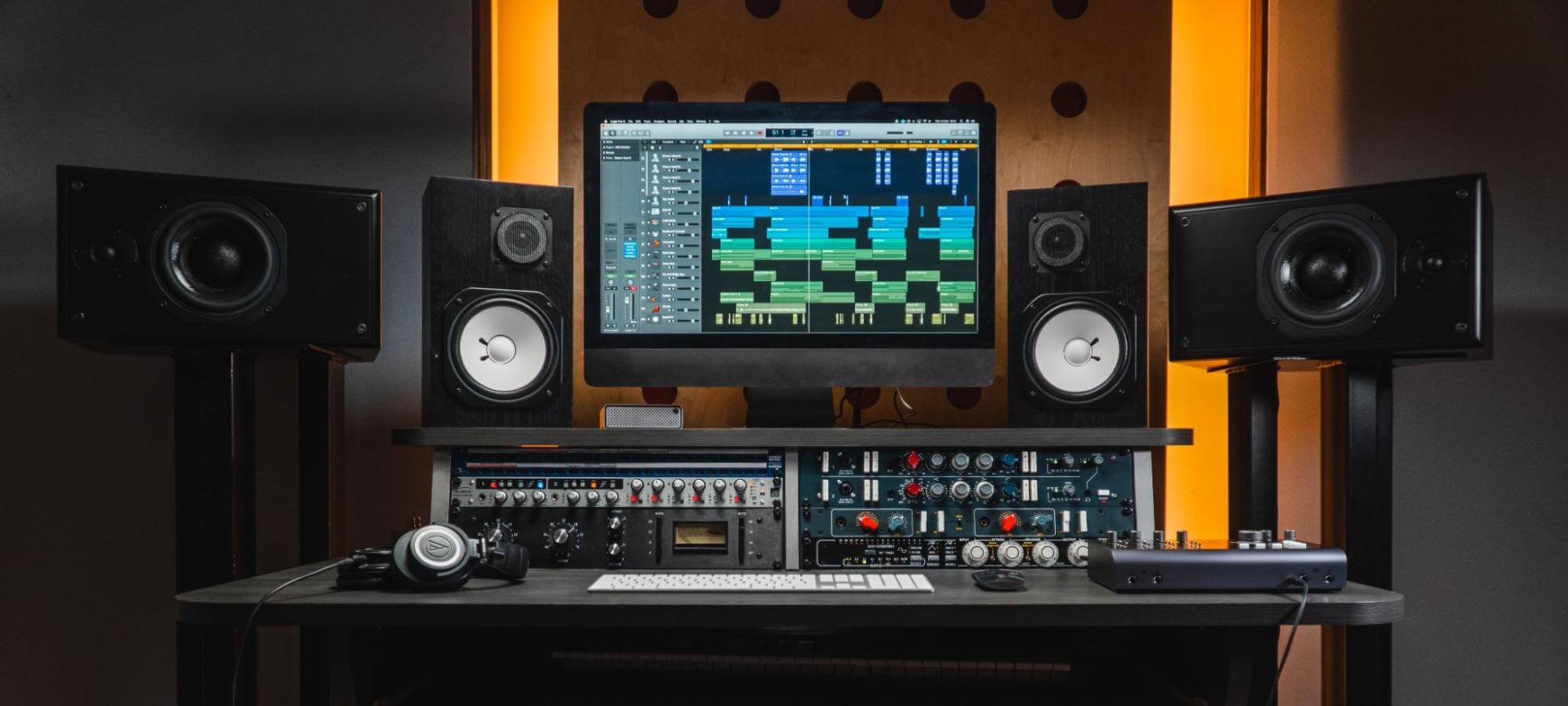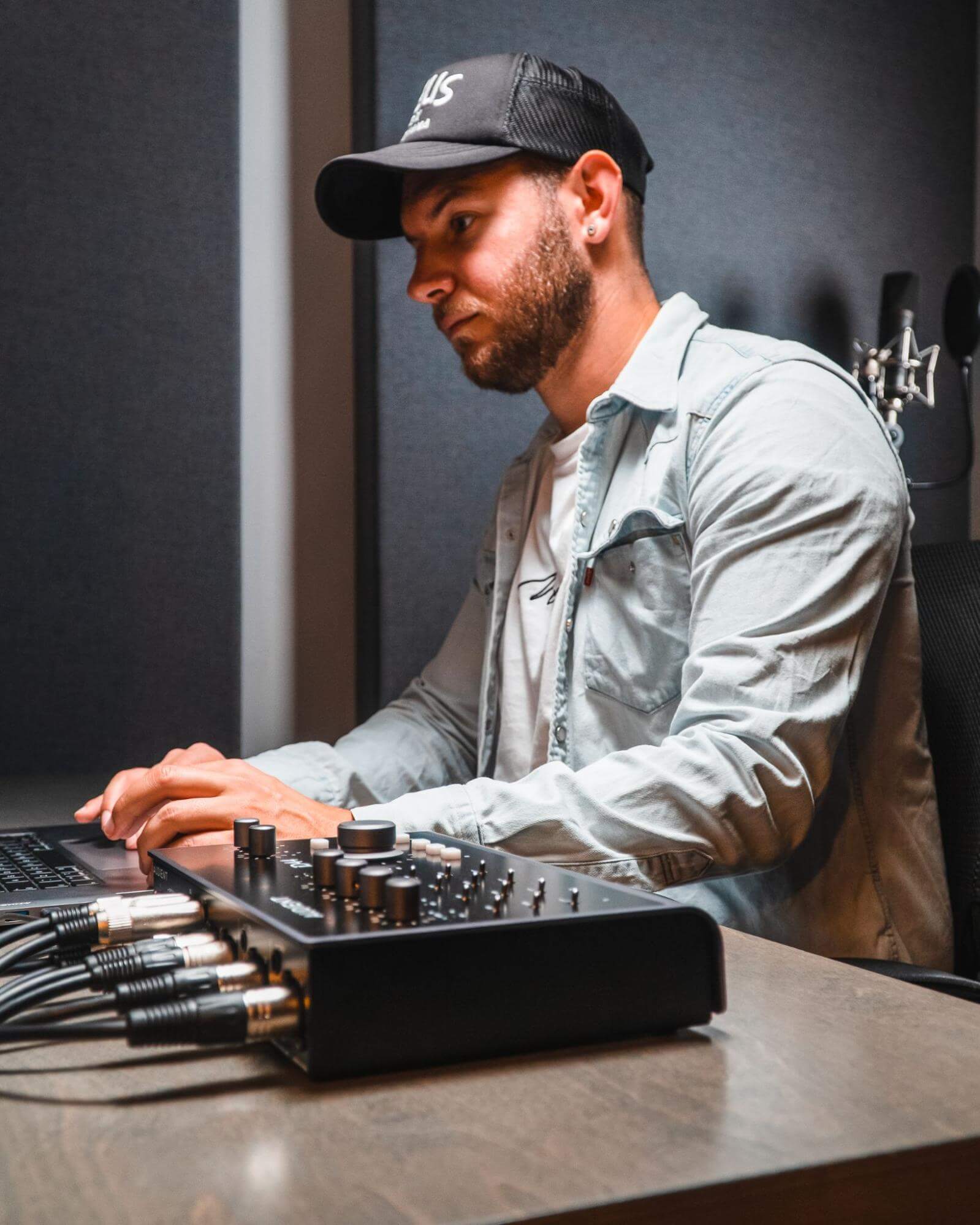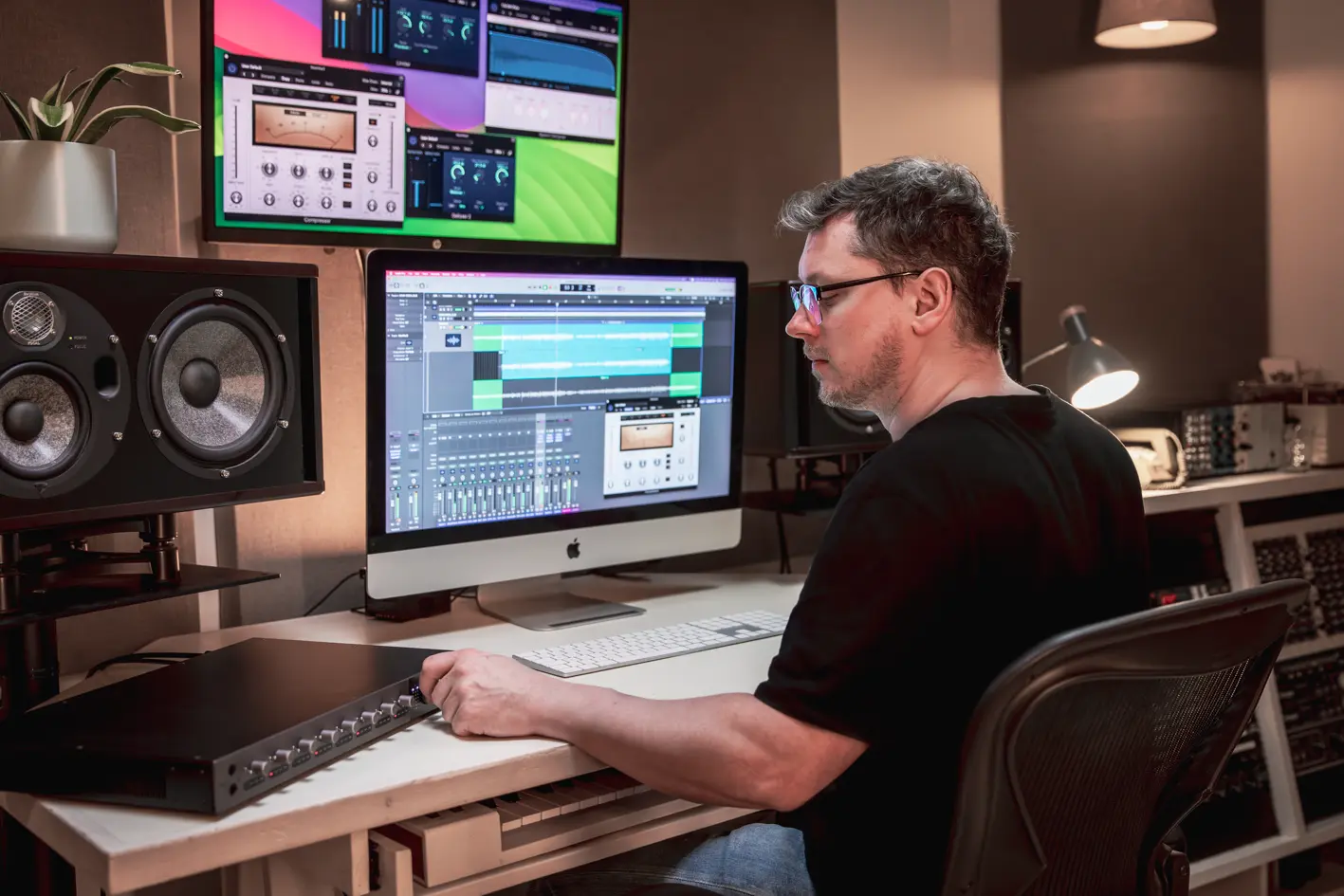Try a new and unfamiliar genre
If, like most producers, you spend the majority if not all your time working in a single musical genre – rock, house, hip-hop, whatever – the obvious potential benefit of exploring others probably occurs to you frequently but never gets acted upon. Well, there’s no time like the present, so why not try a radically different style to the usual for your next project?

The idea is to make this as challenging and horizon-expanding as possible, so do get yourself as far away from your regular wheelhouse as you can. if your primary genre of choice is recording-based, get your head into something more synth- and sampler-orientated – techno or drum ’n’ bass, for example. Or if you’ve only ever had to record occasional live elements for your dance music productions before, get some skilled musician mates in and record a full band. You don’t have to come at your target genre from a standing start, either: spend as much preparatory time as you need to learn about recording, synth programming, MIDI editing or anything else you need to get a handle on through online tutorials.
Whatever direction you head in with this exercise, it can’t fail to profoundly affect your general production perspective and expand your skill set.
Live stream yourself to the world
There’s nothing quite like exposing your workflow and methodology to other people to push the creative envelope and find out just what you’re capable of, and one great way to do that is to stream yourself doing your thing, in one form or another, live to a bunch of strangers on the internet!
Having put your live streaming setup together and chosen a platform on which to broadcast (YouTube Live, Twitch, etc), you then have plenty of options in terms of content. You could make a beat from scratch, mix a track that you’ve already worked up to the arrangement stage, remix an existing track, or just program some tasty synth sounds – anything that anyone might find engaging enough to log in for, essentially. Of course, you won’t have much of an audience at first, but get the word out on social media and, as long as your presentations are compelling, they’ll come over time. And once you have a good number of viewers in tow, you can step up to the ultimate live streaming challenge of having them direct the show, perhaps sending you their tracks to mix, or throwing samples at you for turning into beats and tracks there and then.
Limit the track count
It might seem hard to believe, but it’s not all that long ago that the home or project studio-based producer only had a measly four or eight tracks of tape – yes, actual physical electromagnetic tape! – on which to record their instrumental and vocal parts. Yet those now-unthinkable technological limitations didn’t stop the musicians of the day from making great tunes, so how about seeing what you can do under the same conditions?

All you have to do is restrict yourself to a low number of mono tracks – we’d recommend four or eight, as those were standard figures on the Portastudios that revolutionised the home studio in the ’80s – right from the start of a project, then use the once-essential technique of ‘bouncing down’ to make up for the shortfall. This simply involves recording, say, your drums to three tracks of your four-track ‘tape’, then mixing those down onto the fourth track (that’s the ‘bounce’), thereby freeing up the first three for reuse. With each bounce reducing your available tracks and forcing you to commit to whatever processing might have been applied to the bounced elements, your forward planning skills will be fully put to the test. For extra retro authenticity, stick a tape noise simulation plugin on every track so that the background hiss builds up with every bounce, just like it would have done back in the day.
Make a complete track in a day
Unless you’re exclusively in the business of making beats, it no doubt takes you multiple sessions over the course of a week or more to work up a track from initial idea to final master. Pile on the pressure in the interest of technical discovery and self improvement, then, by starting a new project with a completion deadline of just 24 hours. How you go about this with regard to the use of prefab samples, synth presets and other time saving elements is entirely up to you, but clearly, the more you aim to keep everything wholly original – recording your own instrumentation, starting from initialised synth patches, etc – the tougher this challenge will be. You’ll have to move fast and work efficiently to beat the clock; and while there’s no reason not to continue with a particularly promising track should you hit the deadline with it still unfinished, the point of the exercise is to set out with the intention of calling it a day at the end of the day.

If you fancy upping your game from sprint runner to, er… pentathlete, make it your goal to produce one track every day for a week or even longer. Now that’s pressure.
Make a track without using any musical instruments
No, we’ve not lost the plot – our final challenge is to produce a full piece of music using only recordings of things that don’t qualify as actual instruments. We’re talking kitchen utensils and appliances, street noise, wind, machinery sounds, animals, human conversation… anything that can be captured to your laptop or phone via its built-in microphone or your Audient/EVO interface.

Having gathered a suitably diverse collection of sounds and textures, you can throw them straight onto audio tracks for chopping up and direct manipulation, or load them into samplers, where they can be shaped into musically meaningful tones for pitched and percussive play. You’ll be amazed at just how melodic such seemingly atonal source material can become with a bit of clever tweaking and processing.
Our Products
-

2in | 2out Audio Interface
-

10in | 6out Audio Interface
-

10in | 14out Audio Interface
-

20in | 24out Audio Interface
-

24in | 32out Audio Interface
-

2in | 2out Audio Interface
-

4in | 4out Audio Interface
-

24in | 24out Audio Interface
-

Everything you need to start recording
-

8 Channel Smart Preamp with AD/DA
-

8 Channel Mic Pre & ADC
-

8 Channel Mic Pre + Tone Control
-

Modular Analogue Recording Console
-

Small Format Analogue Recording Console
-

Small Format Analogue Recording Console
-

Immersive Audio Interface and Monitor Controller
-

Desktop Monitor Controller



